Invited Sessions
Each Invited Session consists of at least one two-hour session (six presentations of 20 minutes each including Q&A). The number of sessions of each IS will be determined by the multiples of six papers accepted. In each IS, a keynote lecture is allowed every two full sessions of the IS, where a keynote presentation normally comprises two presentation slots.
List of the confirmed Invited Sessions
In recent years, wind propulsion has emerged as a viable solution for reducing greenhouse gas emissions from shipping. The industry is rapidly growing, with new technology providers constantly entering the market. This rapid growth presents new and interesting challenges for professionals in the marine industry. Without decades of experience-based rules of thumb and methods, the design and operation of ships with wind propulsion require new applications of computational methods.
Further research is needed in several areas where computational methods can be utilized:
- Aerodynamic force predictions: Interesting research questions include scale effects from wind tunnel scale to full scale Reynolds number, influence of atmospheric boundary layer and ocean turbulence intensity, transient flow, dynamic stall, and interaction between multiple devices and the hull superstructure.
- Hydrodynamic predictions: Challenges include the effect of drift angles on the forces and the flow into the propeller, reduced propeller race to the rudder.
- Optimisation of hull form, appendages, and rudder: New design strategies are required as the target function is multi-dimensional.
- Seakeeping simulations: Assessing manoeuvrability in waves, dynamic loads and roll motions requires computational methods that couples the aerodynamic and hydrodynamic forces.
- Multi-fidelity approaches: The industry needs both high and low-fidelity methods to model the mentioned effects to design safe and efficient ships with wind propulsion.

